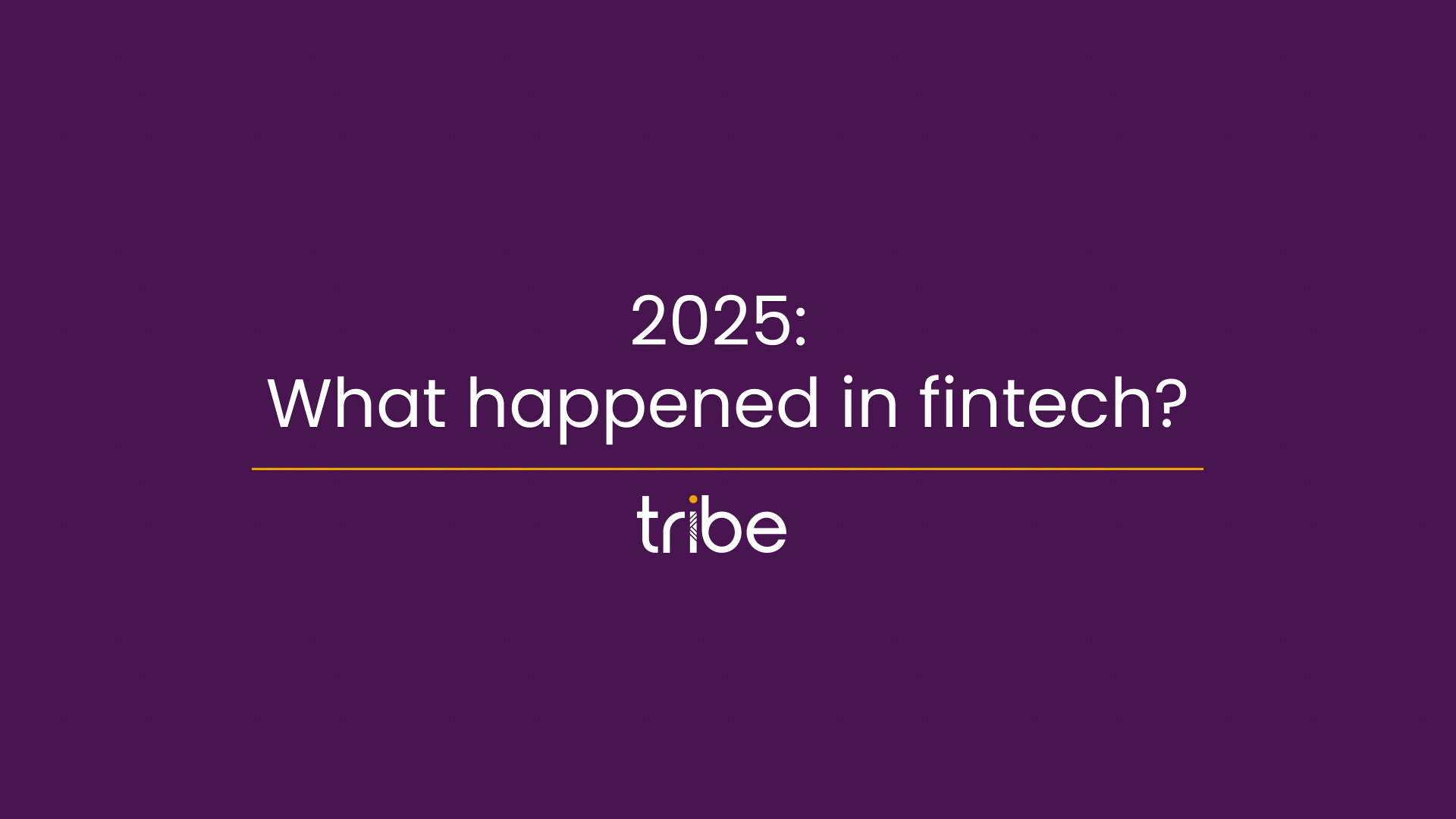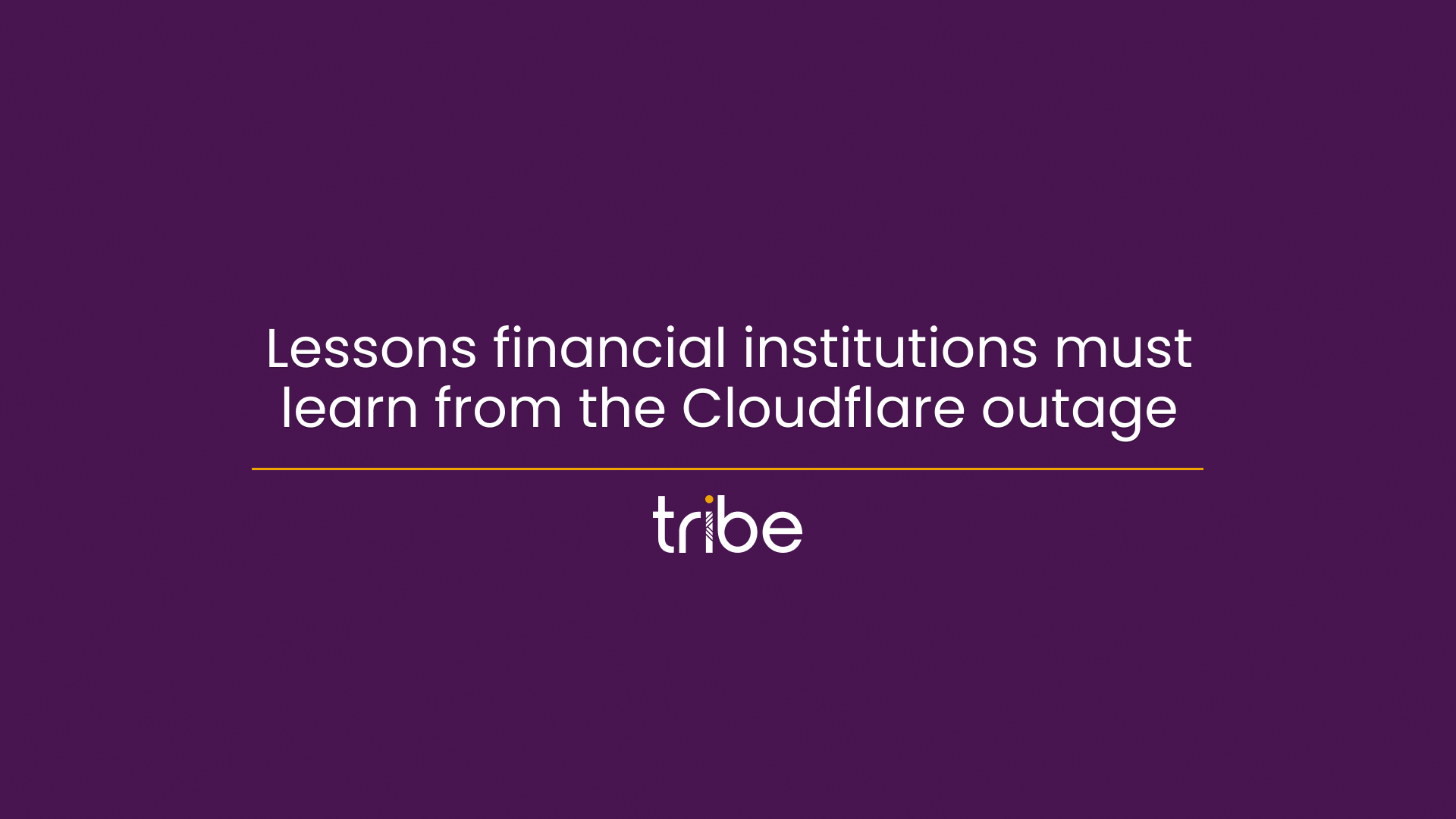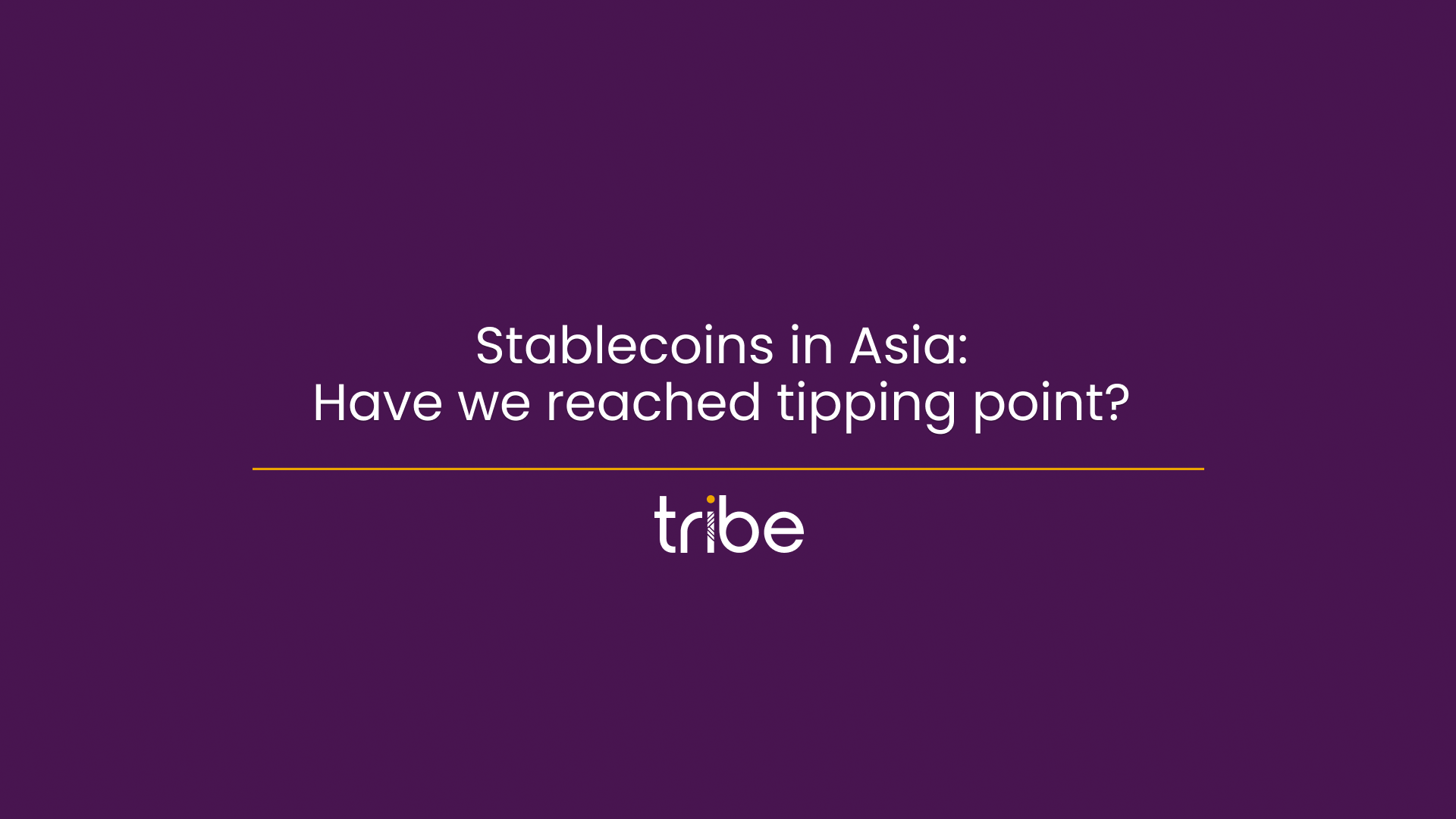Why the ‘all-in-one’ payments provider is a myth
Many fintech startups are attracted by the idea of a one-stop-shop payments provider - a company they can go to for all the tools they need to get to market. There is certainly a clear appeal to having one contract, one set of fees, and a single relationship to manage – especially when there’s so much to navigate in getting a business off the ground.
But the question is, who’s really behind that all-in-one solution - and what are the potential pitfalls of placing your fintech business in the hands of a single provider?
Clearing the mist
Often it’s a payment provider’s middleware that a fintech integrates with – and this acts as a wrapper that aggregates a variety of other solutions from other businesses.
If you’re a fintech looking to issue cards, for instance , to cover all the bases, you need a processor, a card manufacturer/bureau, potentially a BIN sponsor. What this means is, you may only have one contract and one agreement, but there are other businesses involved in that chain - even if they’re not known to you. This may still seem the easiest model to manage, but the lack of transparency and direct access to those businesses can create knock-on problems.
For instance – do you know where your data is being held or processed? If it’s in a further removed geography, what are the legalities of that and are they still meeting the right standards of data protection? Are your customers comfortable with where their data is being held or processed and by whom….?
You also want to be clear on what the average downtime is for the platforms that are involved behind the scenes and what SLAs are in place to make sure your business isn’t impacted and issues are handled effectively.
A worthwhile trade-off?
If the service you’ve bought is cheap and you’re a young business in a large pool of other customers, the chances are for every change you want to make and every issue you want to discuss, you’re in a queue and you’ll have to wait - and pay for it. This can mean that both issue resolution and innovation can take longer than you might like. It can also be unclear where the accountability sits if there are other providers involved in the background.
This is in direct conflict with the very nature of fintech, where things never stand still and the ability to iterate is a necessity.
All the same components are in place, no matter which route you take, which usually means the implementation period is no faster with a ‘one-stop-shop’, despite what you might be promised.
Simple setup is great, but that can be achieved anyway with the right technology and integration setup. The issue later on is whether that simplicity is there purely because what you have is a limited construct. When you want to grow, pivot or go global, can your provider easily flex to offer the support you need in the way (and timescales. budgets etc) that you need it? Does the overall solution have the right connections? Not just what you need right now, but what you need for the next stage of growth or product offering too.
Put yourself in the driving seat…
Working with a payment processor or technology provider who has carefully pre-integrated partners and a transparent business model means you still benefit from a single relationship and primary partner or point of contact. However, you also get to benefit from the expertise of specialists, without having to maintain those connections yourself. You can also freely select or discard different services and solutions (as long as its within your contract of course!) and not be confined by a ‘package deal’
There is an ability to leverage shared infrastructure if you’re aware of all the players involved and what they bring to the table. You can also feel confident that the tech involved is built and maintained by specialists who focus on the elements they are best at.
Very few businesses are capable of effectively innovating across the full tech stack when it comes to payments processing, issuing, card bureaus, currency conversions etc - no provider is truly an ‘all in one’. Opting for a more transparent provider and having visibility of all the different players involved means you get better flexibility, superior technology and can retain closer control over your business’ future.






.png)
.png)
.png)



.png?width=137&height=90&name=Payments%20Awards%20(1).png)


.png)